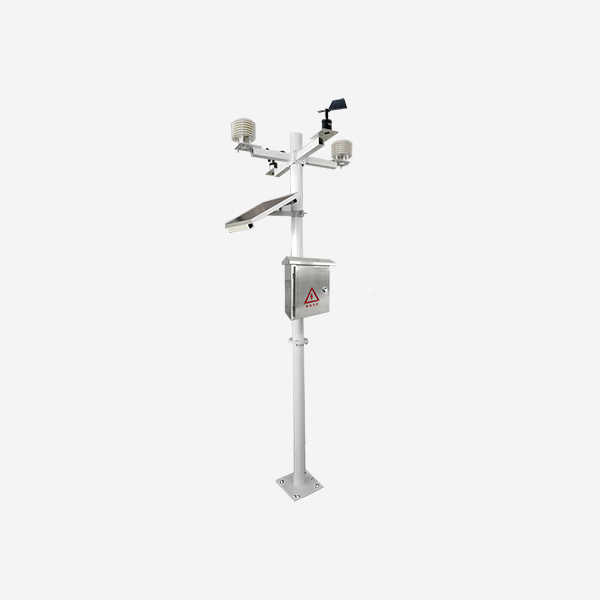Ambient weather stations have become increasingly popular due to their ability to provide comprehensive weather data. Weather conditions play a crucial role in our daily lives. From planning outdoor activities to making informed decisions regarding agriculture, transportation, and emergency preparedness. Accurate and real-time weather information is essential for effective decision-making. In this article, we will explore the advancements in ambient weather station technology and how they are revolutionizing weather monitoring and forecasting.

Introduction to Ambient Weather Stations
An ambient weather station is an electronic device that measures various weather parameters, such as temperature, humidity, barometric pressure , wind speed and direction, rainfall, and UV index. These stations consist of sensor arrays that collect data from the surrounding environment. The data is then processed and displayed for users to access and interpret.
Accuracy and Reliability
One of the primary advantages of ambient weather station is their accuracy and reliability in capturing real-time weather data. These stations use advanced sensors and calibration techniques to ensure accurate measurements. The data collected is reliable and can be used for a wide range of applications, including scientific research, agriculture, and outdoor recreation.

Wireless Connectivity and Remote Monitoring
Modern ambient weather stations often come equipped with wireless connectivity options, allowing users to remotely monitor weather conditions. Users can access real-time data through mobile applications or web interfaces, providing them with instant updates on temperature changes, rain patterns, wind speed, and other crucial weather parameters. This feature is particularly useful for outdoor enthusiasts, farmers, and emergency response teams who require up-to-date weather information.
Customizable Sensors and Expansion Options

Ambient weather stations offer flexibility in terms of sensor customization and expansion capabilities. Users can choose specific sensors based on their requirements to measure additional parameters, such as soil moisture, solar radiation, or air quality. This customization allows for a more comprehensive understanding of local weather conditions and enables users to monitor specific environmental factors relevant to their needs.
Weather Forecasting and Data Analysis
Ambient weather stations not only collect real-time data but also facilitate weather forecasting and data analysis. The collected data can be analyzed over time to identify patterns and trends, helping meteorologists and researchers make accurate predictions. With advancements in machine learning and artificial intelligence, weather stations can leverage historical data to improve forecast accuracy, making them valuable tools for meteorological studies and weather prediction.
Integration with Smart Home Systems
Many environmental weather stations can be integrated with smart home systems, allowing users to receive weather updates via voice assistants. For example, users can ask the virtual assistant for the current weather. This integration enhances the accessibility and convenience of weather information, making it seamlessly integrated with daily routines.
Citizen Science and Crowdsourced Weather Data
Ambient weather stations are also contributing to citizen science initiatives and crowdsourced weather data collection. Individuals can deploy weather stations in their own backyard, contributing to a larger network of weather monitoring. This crowdsourced data can be utilized by meteorological organizations and researchers to enhance their understanding of microclimates and local weather patterns.
Conclusion:
Ambient weather stations have revolutionized weather monitoring and forecasting by providing accurate and localized data in real-time. With wireless connectivity, sensor customization and more, we are able to make informed decisions based on accurate weather information from weather stations. With the continuous advancement of science and technology, environmental weather stations will play an increasingly important role in our daily life. Increase our awareness of the environment and strengthen our preparedness for weather changes.
